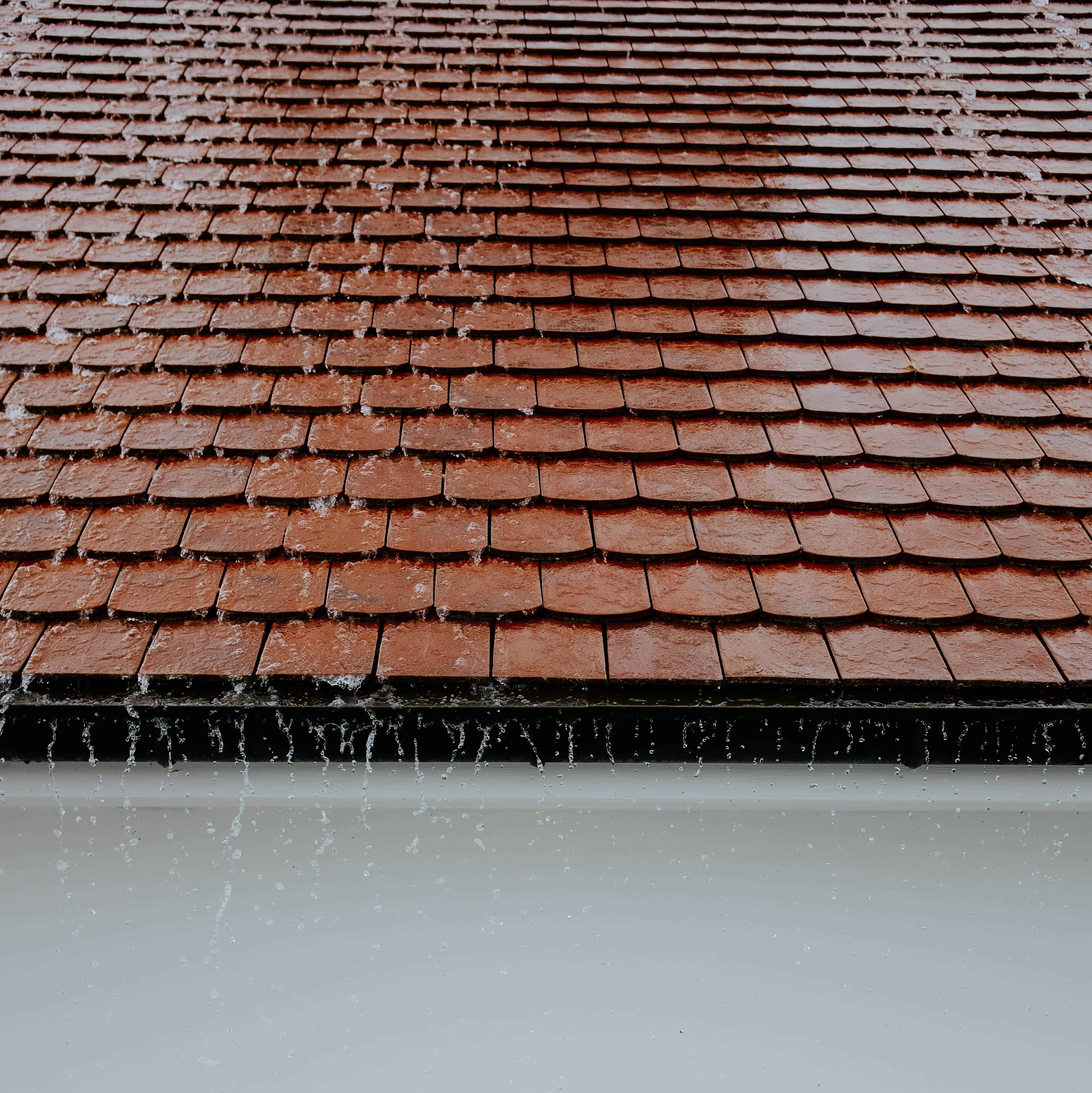Roofs are the first line of defence of our homes against rain, sun and extreme weathers, it is therefore the part of our home which is subjected to the worst weather conditions. As such, roofs are subject to lots of wear and tear. Once a roof gets worn to a certain extent, it will lose some of its water-tightness properties and you may see water leaks, water stains or pouring of water on your ceiling beneath the roof when it rains. However, you do not have to worry too much, all roofs can be repaired and restored close to its original water-tightness.
Firstly, to determine whether you need a roof repair, check for water stains on the ceiling directly beneath the roof. Are there yellowish stains which look to be flaky? Does water drip from your ceiling when it rains? These are some tell tale signs that your roof has lost its water-tightness property and repairs are required.
Secondly, before the repair of roof to restore its water-tightness property, we need to know what type of roof your home has. There are many kinds of roofs but in recent days, the most common ones are: tiled roof, metal roof and reinforced concrete flat roof. Each kind of roof requires a different set of repair method, it is important for the contractor to first study the nature of the roof and leakage issues so that he can tailor a repair method to tackle the problem(s).
Thirdly, choice of repair is of upmost importance. Due to the fact that the roof is subject to extreme weathers, the repair material used must be able to withstand the hot temperatures during the days, the contractions during the nights and be chemically stable against the potential impurities in rainwater. If the wrong materials are chosen for repair, the lifespan of the completed works will be heavily affected. It is important to understand the different material specifications in order to use the right material for the right repair.
Furthermore, there are generally 3 stages of water leakage: first being dampness, second would be drippings, third is pouring. Each stage of water leakage is of a different severity as you may already have noticed. Dampness on your walls or ceiling indicates a very mild stage of water ingress. Dripping indicates that there is some form of void or gap that the water is directly flowing into the house via. Pouring is the worst form of water ingress possible, it is usually associated with missing tiles or overflowing of water. It is important to note what form of water leakage you are experiencing and inform the contractor whether the water is dripping or pouring from your ceiling, or is it just staining your ceiling’s paintworks. This is so that the contractor can make a more informed decision and give the necessary proposed repair solution.



